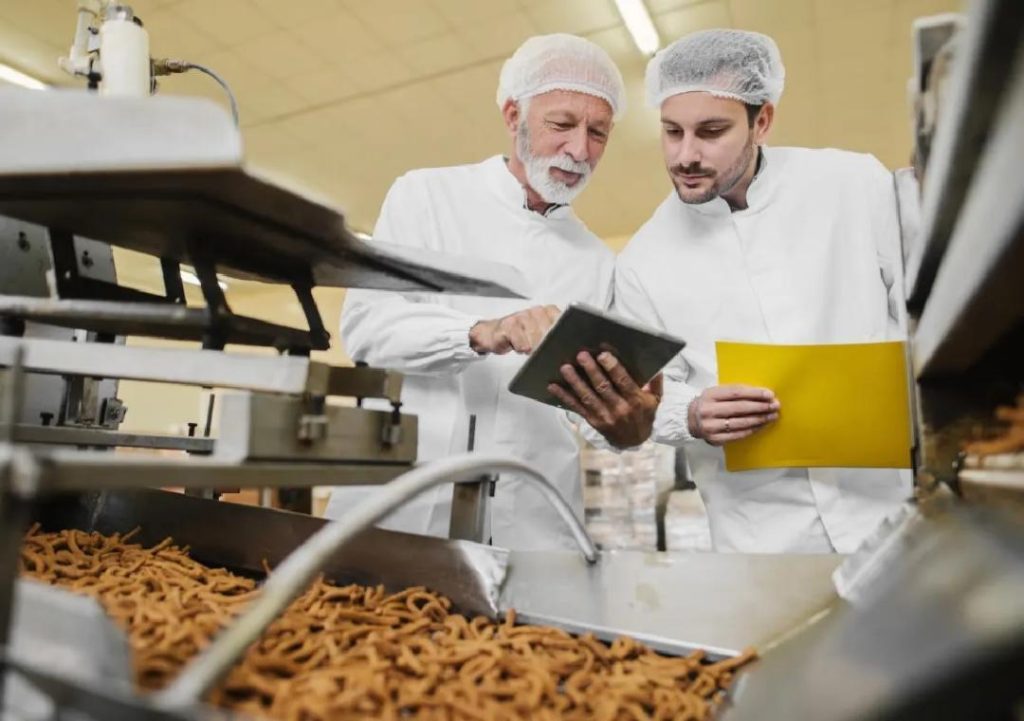
Can P&L Optimisation Redefine Success in Food Technology?
The food technology industry is undergoing a significant transformation, driven by the increasing demand for efficient, sustainable, and cost-effective solutions. In this rapidly evolving landscape, companies are turning to profit and loss (P&L) optimization as a key strategy to improve profitability and stay ahead of the competition. By leveraging automation, smart inventory systems, and data analytics, food technology businesses can streamline their P&L operations, cut waste, sharpen demand forecasting, and support better decision-making.
The Challenges Facing Food Technology Companies
Food technology companies face a unique set of challenges that can impact their profitability and competitiveness. These challenges include:
- Fluctuating raw material costs: Food technology companies rely on a complex supply chain, which can be vulnerable to price volatility. This can result in unpredictable profit margins and difficulty in forecasting demand.
- Seasonal fluctuations: Many food products are seasonal, which can lead to fluctuations in demand and revenue.
- Increasing competition: The food technology industry is highly competitive, with numerous players vying for market share.
- Regulatory compliance: Food technology companies must comply with a range of regulations, including food safety, labeling, and environmental regulations.
The Benefits of P&L Optimisation
P&L optimization can help food technology companies overcome these challenges by providing a data-driven approach to operations. By analyzing sales data, supply chain costs, and other key metrics, companies can identify areas for improvement and make data-driven decisions to optimize their profitability.
Some of the key benefits of P&L optimization in food technology include:
- Improved demand forecasting: By analyzing sales data and other metrics, companies can better forecast demand and reduce the risk of stockouts or overstocking.
- Reduced waste: P&L optimization can help companies identify areas where waste is occurring and implement cost-effective solutions to minimize it.
- Sharpened pricing strategy: By analyzing customer behavior and market trends, companies can develop a pricing strategy that maximizes revenue and profitability.
- Enhanced supply chain management: P&L optimization can help companies optimize their supply chain operations, reducing costs and improving efficiency.
- Better decision-making: By providing a clear picture of profitability and performance, P&L optimization can help companies make data-driven decisions to drive growth and profitability.
Tools and Technologies for P&L Optimisation
Fortunately, there are a range of tools and technologies available to help food technology companies optimize their P&L operations. These include:
- Automation: Automation can help companies streamline their operations, reduce manual errors, and improve efficiency.
- Smart inventory systems: Smart inventory systems can help companies track inventory levels, optimize stock levels, and reduce waste.
- Data analytics: Data analytics can help companies analyze sales data, customer behavior, and other key metrics to identify areas for improvement and make data-driven decisions.
- Cloud-based ERP systems: Cloud-based ERP systems can help companies manage their supply chain operations, track inventory levels, and optimize their P&L operations.
Case Studies in P&L Optimisation
Several food technology companies have successfully implemented P&L optimization strategies to improve their profitability and competitiveness. For example:
- A leading food processor implemented a data analytics platform to analyze sales data and optimize their supply chain operations. As a result, they were able to reduce waste by 15% and improve their profit margins by 10%.
- A snack food manufacturer implemented a smart inventory system to track inventory levels and optimize stock levels. As a result, they were able to reduce inventory costs by 20% and improve their cash flow.
- A dairy company implemented an automation platform to streamline their operations and reduce manual errors. As a result, they were able to improve their efficiency by 25% and reduce their costs by 10%.
Conclusion
P&L optimization is a critical strategy for food technology companies looking to improve their profitability and competitiveness. By leveraging automation, smart inventory systems, and data analytics, companies can streamline their P&L operations, cut waste, sharpen demand forecasting, and support better decision-making. As the food technology industry continues to evolve, P&L optimization will play an increasingly important role in helping companies succeed.
About Growth Jockey
Growth Jockey is a leading provider of growth strategy and operations consulting services to food technology companies. Our team of experts has extensive experience in helping companies improve their profitability and competitiveness through P&L optimization, supply chain optimization, and other strategic initiatives. To learn more about how Growth Jockey can help your company succeed, please visit our website at www.growthjockey.com.
Source
https://www.growthjockey.com/blogs/p-and-l-operations-in-food-tech






